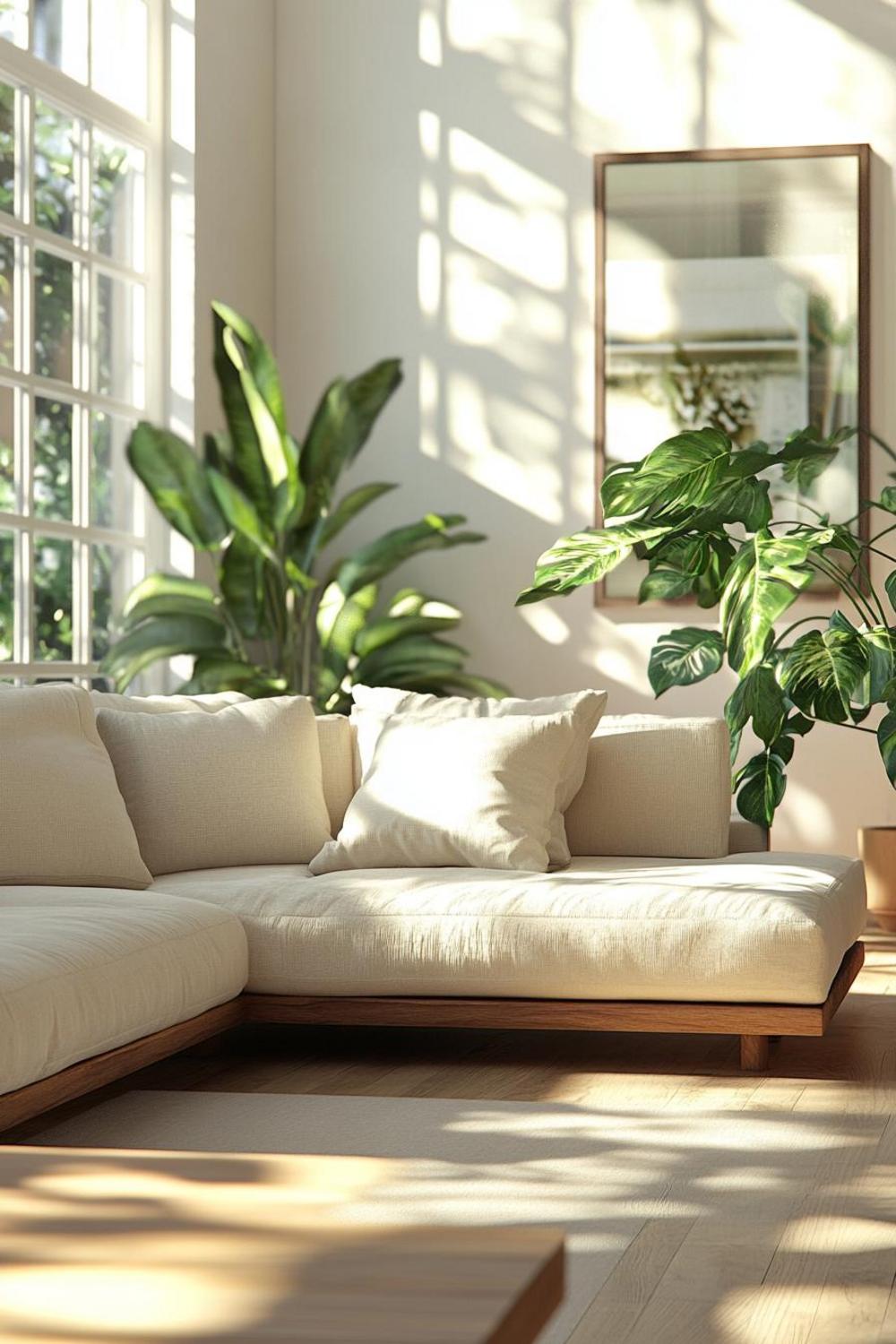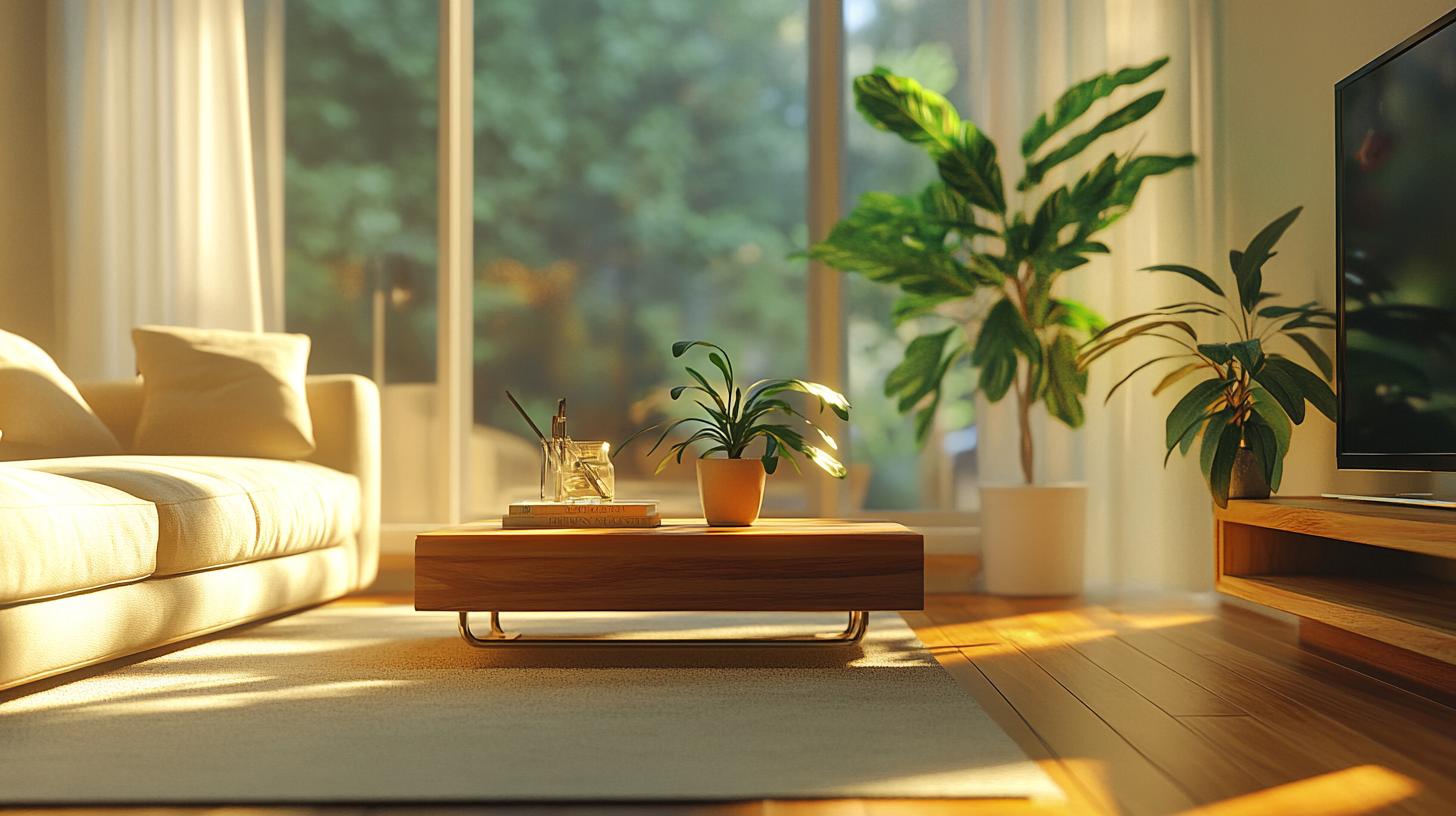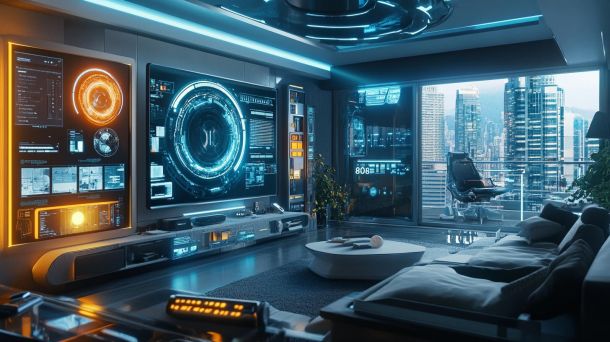Biophilic Design Elements: Transform Your Living Space in 2025
Biophilic design represents a revolutionary approach to interior spaces that goes beyond mere aesthetics. It’s about creating environments that genuinely connect humans with nature, enhancing well-being, productivity, and overall quality of life. Imagine walking into a space that feels like a breath of fresh air – literally and metaphorically!

Understanding Biophilic Design Elements
At its core, biophilic design integrates natural materials, patterns, and processes into architectural and interior design. It’s not just about adding a few plants – it’s a holistic approach that considers how our built environments can mimic and interact with the natural world.
Key Principles of Natural Integration
- Direct nature connection through living elements
- Organic material selection
- Natural light optimization
- Biomimetic design strategies
Research shows that incorporating natural elements can reduce stress, improve cognitive function, and create a sense of calm. We’re essentially bringing the restorative power of nature indoors!
Pro Tip: Start Small
You don’t need a complete home renovation to embrace biophilic design. Simple changes like introducing natural textures, maximizing natural light, and selecting organic materials can transform your space dramatically.

Implementing Biophilic Design Elements in Your Home
When we talk about integrating biophilic design, we’re exploring multiple sensory dimensions. It’s about creating spaces that feel alive, dynamic, and connected to the natural world around us.
Material Selection Strategy
Choose materials that tell a story of natural origin. Think reclaimed wood, stone surfaces, bamboo flooring, and textiles with organic textures. These elements don’t just look beautiful – they create a tactile connection to nature.
Lighting and Visual Connection
Natural light is a cornerstone of biophilic design. Large windows, skylights, and strategic mirror placement can amplify daylight, creating spaces that feel open and energized. Consider light-filtering curtains that allow soft, diffused sunlight to transform your interiors.
Design Considerations
- Use earthy color palettes
- Incorporate living walls or vertical gardens
- Select furniture with organic, curved lines
- Maximize natural ventilation
By thoughtfully integrating these biophilic design elements, you’re not just decorating – you’re creating a holistic environment that supports physical and mental well-being.
Sustainable Future of Design
As we move into 2025, biophilic design isn’t just a trend – it’s becoming a fundamental approach to creating healthier, more responsive living spaces. Our homes are evolving to become dynamic ecosystems that nurture and support our lifestyle.




